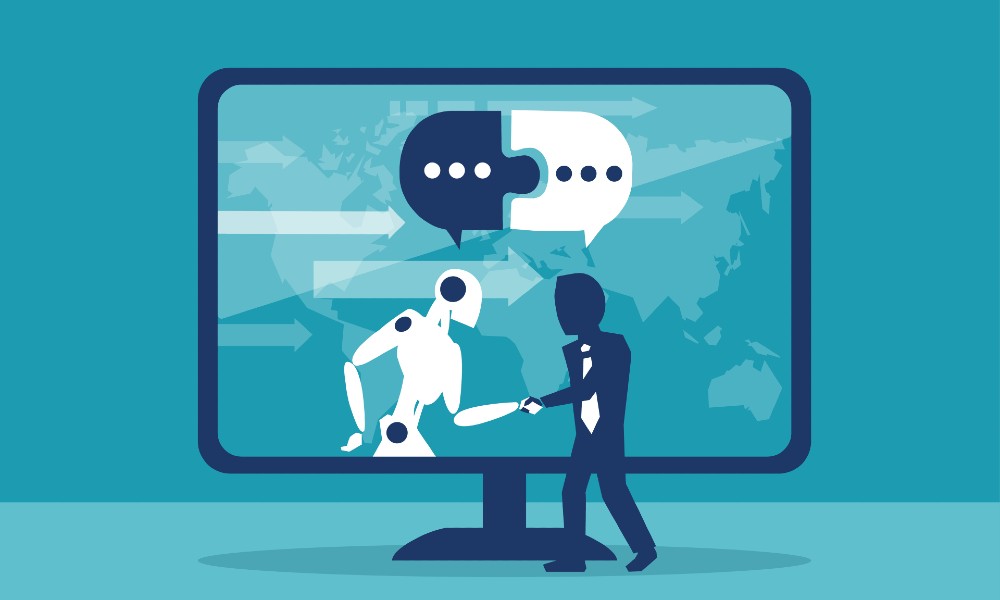Workforce Management Featured Article
NICE Outlines Framework for Ethical AI Deployments

Recent advancements in artificial intelligence have been a major focus in the global economy, as business leaders put more focus on robotics and automation due to the limitations of human capabilities. Although AI has a wide range of benefits, leaders within the field are considering the consequences of neglecting the impact on actual employees.
AI in the workplace can be an absolute gamechanger from a productivity standpoint, but often sparks concerns from human workers about being replaced by machines. NICE, a developer of robotic process automation, has unveiled a new business framework that addresses the rise in business AI, and hopes to alleviate some of the major concerns from actual employees.
The following are the five major guidelines that NICE has created, in order to create a better working relationship between humans and robots:
- Robots must be designed for a positive impact: Robots should contribute to the growth and well-being of the human workforce. With consideration to societal, economic, and environmental impacts, every project that involves robots should have at least one positive rationale clearly defined.
- Robots must be free of bias: Personal attributes such as race, religion, sex, gender, age, and other protected status should be left out of consideration when creating robots so their behavior is employee agnostic. Training algorithms are evaluated and tested periodically to ensure they are bias-free.
- Robots must safeguard individuals: Delegating decisions to robots requires careful consideration. The algorithms, processes, and decisions embedded within robots must be transparent, providing the ability to explain conclusions with unambiguous rationale. Humans must be able to audit a robot’s processes and intervene to redress the system to prevent potential offenses.
- Robots must be driven by trusted data sources: Robots must be designed to act based upon verified data from trusted sources. Data sources used for training algorithms should maintain the ability to reference the original source.
- Robots must be designed with holistic governance and control: Humans must have complete information about a system’s capabilities and limitations. Robotics platforms must be designed to protect against abuse of power and illegal access by limiting, proactively monitoring, and authenticating any access to the platform and every type of edit action in the system.
The guidelines will now be included in every license of the company’s RPA platform, though customers are not required to follow. The main intention of the framework is to create awareness of how AI can dramatically change business operations, and reduce the concerns of employees who are skeptical of AI deployments.
Edited by Maurice Nagle







